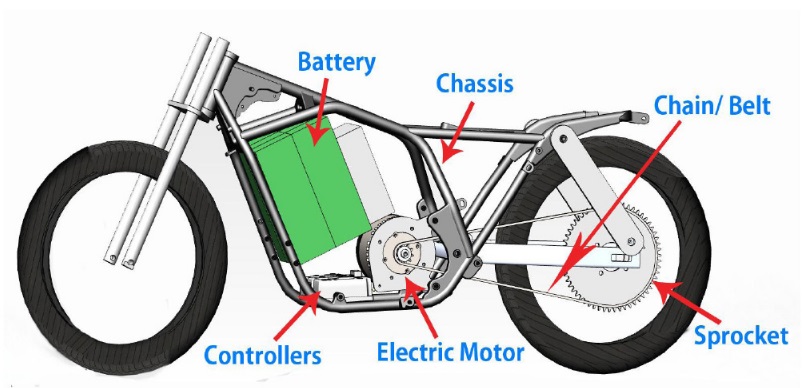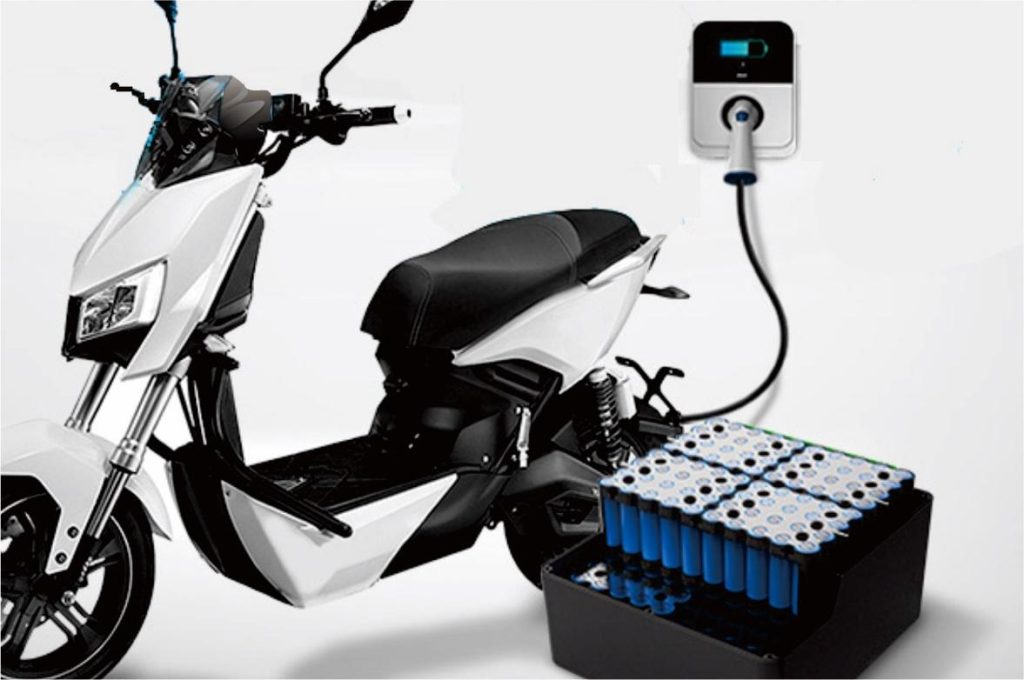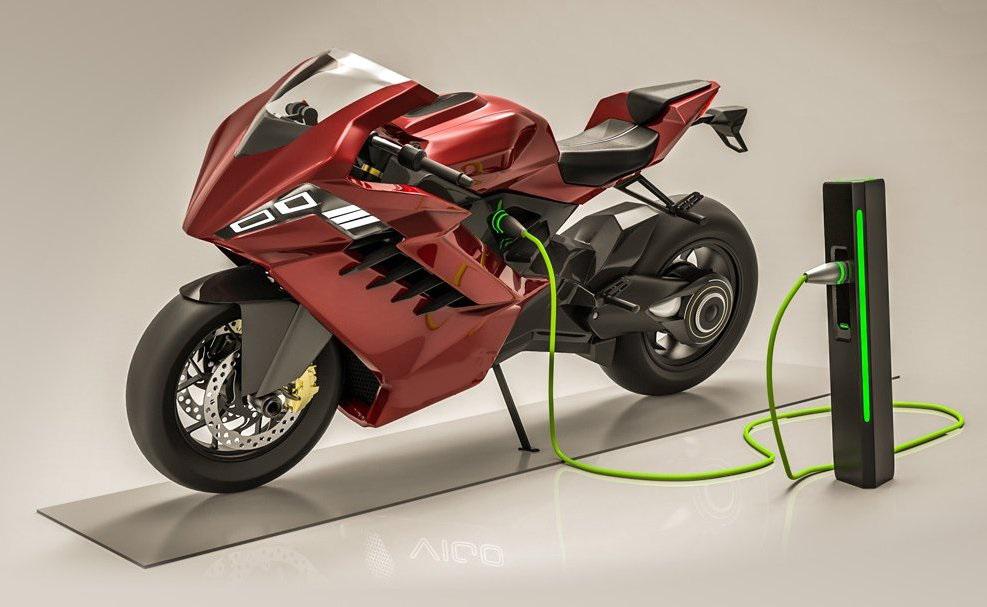Electric motorcycles are already here and just like the electric cars. And although top automakers have enhanced the aesthetics and performance of the electric motorcycle over the years, its mechanism has remained largely the same – basically, an electric motorcycle uses electricity as fuel.
So, instead of the gas-burning engines of conventional motorcycles, the engine of an electric motorbike runs on electricity provided by rechargeable batteries. This switch in using electricity to power motorcycles is much cleaner and environmentally-friendly. It doesn’t require any burning, the parts of the engine don’t wear down easily, plus there’s no traces of noise and gas pollution.
But how exactly does the electric motorcycle work? First, we’ll discuss the main components of an electric motorcycle.
What Are the Main Components of an Electric Motorcycle?
There are a couple of main components that make electric motorcycles what they are – namely the electric engine and rechargeable battery. These essential parts also determine the efficiency and power of an electric motorbike. Here’s how they work:

1. Electric Engine
Engines of electric motorcycles are usually less complex and smaller – some as small as an alternator. This little electric motor is typically housed at the front of the back wheel, mounted low on the chassis. The motor is attached securely to the rear wheel, held in place by a chain and sprocket.
Electric motorcycles use this electric engine to generate power, which is transformed into movement energy.

2. Rechargeable Battery
The electric motorcycle relies on a rechargeable battery to work. In other words, an electric vehicle’s fuel comes from its batteries. Each electric motorbike uses a compact battery system, which could contain multiple battery cells.
The efficiency of an electric motorcycle’s battery is in how fast it can charge, how far it can take you on one full charge and of course, how well it performs when you accelerate. With this in mind, automakers are introducing new technology that increases the battery capacity of electric motorcycles. In the process, they’ve also figured out a way to manage the heat that the battery pack on an electric motorcycle produces when it’s moving or charging.
There are different types of batteries that are commonly used in electric motorcycles, such as:
- Lithium
- Lithium Ion
- Lithium Phosphate
- Litihum Ion Phosphate
- Lead Acid
- Nickel Metal Hydride
All types of batteries are rechargeable and they last somewhere between 2 to 10 years, depending on the type and manufacturer.
How Does an Electric Motorcycle Work?
So, how does an electric motorcycle and its main components actually work? Well, there are 4 main things that make your electric motorcycle move:
1. Charging the Battery
The magic starts with the battery of your electric motorcycle. Charging it is similar to that of an electric car that uses an electric charging station or outlet installed near your housing area. It can take anywhere between 4 to 24 hours to reach full charge, depending on the type of battery your motorcycle has. For example, lithium batteries are fast-charging and can be fully recharged within 1 to 2 hours. Where else, a lead acid battery will take over 12 hours to charge to full capacity.
2. Starting the Engine
Once you charge the battery, you can start your electric motorcycle with just a turn of the key – very much like a conventional motorbike. What’s different is, instead of the pistons moving up and down in the cylinder block, driven by explosions of a fuel-air mixture that has been ignited by a spark, the electric motorcycle just transforms the power from the battery directly to the engine.
3. Power Generation
To generate power to move, you have to ensure that electricity from the battery pack is delivered to the engine of your electric motorbike. In other words, your electric motorcycle will not move or accelerate if its battery is not charged. It’s pretty much like trying to ride a conventional motorbike with an empty fuel tank.
4. Acceleration
When you accelerate on your electric motorcycle with a twist of the throttle, the power going out from the battery into the electric engine will increase. Moving parts within the engine will transfer the power into the sprockets and the chain will start moving. Movement of the chain will activate rotation of the rear wheel and your motorcycle will start going forward.
And because of the simplified mechanics of an electric engine, it causes very low friction in the engine making acceleration of an electric motorcycle much faster and more powerful than that of a gas-powered motorcycle.
Benefits of Riding an Electric Motorcycle
So, here are a few benefits worth noting if you’re considering switching to an electric motorcycle. Despite long charging sessions to keep the battery going, electric motorcycles contribute to cleaner air. Eliminating oil and gas fumes are much better for the environment, especially in smaller cities like Singapore.
Maintenance and repairs for an electric motorcycle is likely to be less expensive compared to a gas motorbike. Although the initial purchase may be more expensive than a gas bike, there shouldn’t be many repair issues with electric motorcycles.
Another perk of riding an electric motorcycle is that the engine is almost silent. Besides avoiding hearing damage yourself, other road users will also be spared from loud engine noises every time you accelerate.
Finally, electric motorcycles are equipped with advanced safety features. Some come with advanced collision warning system and an electronically adjustable seat to enhance riding comfort and help you avoid an accident.


